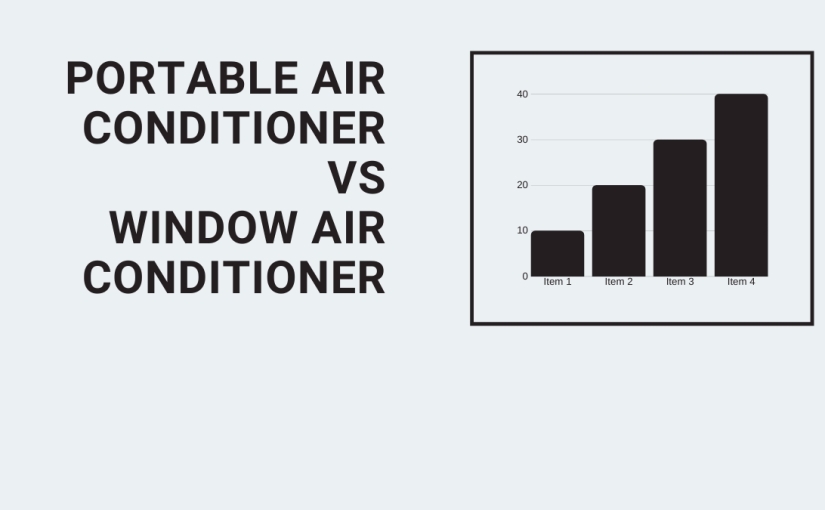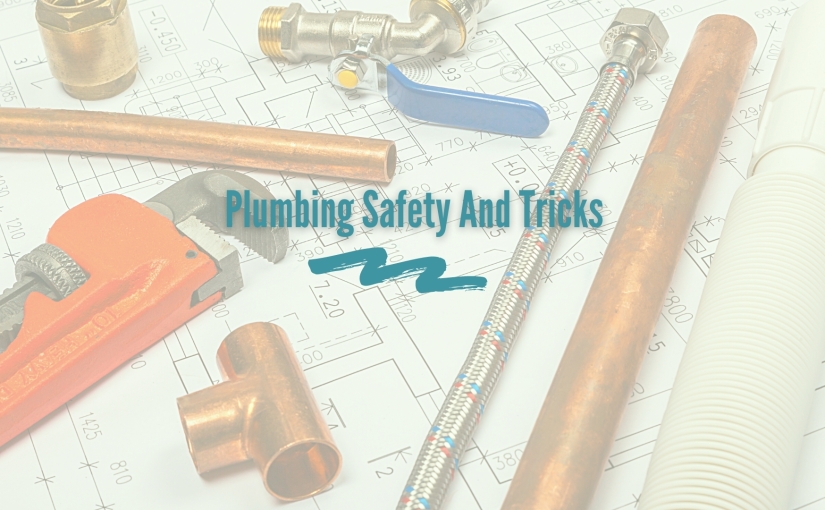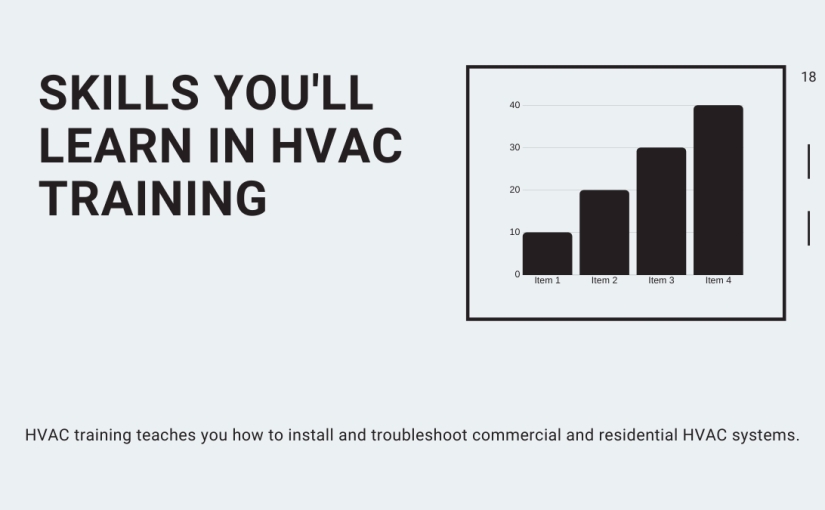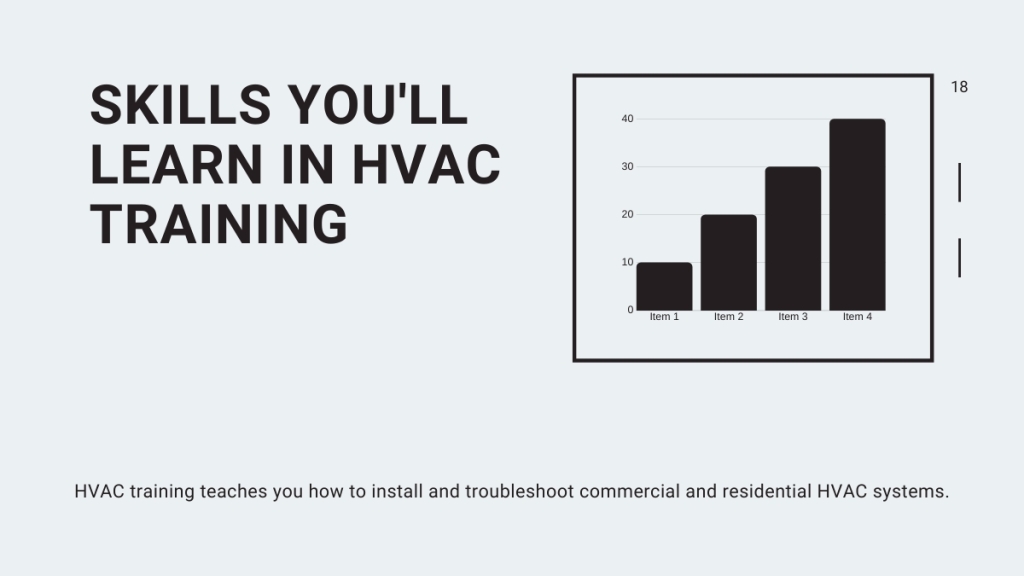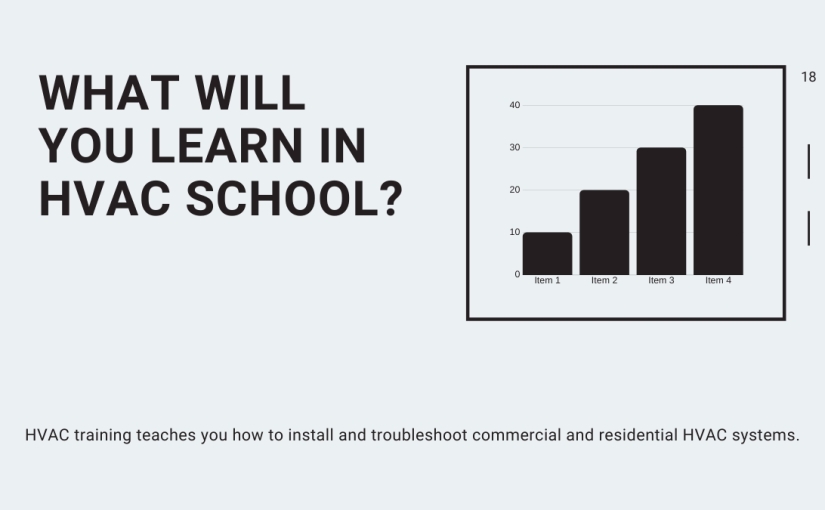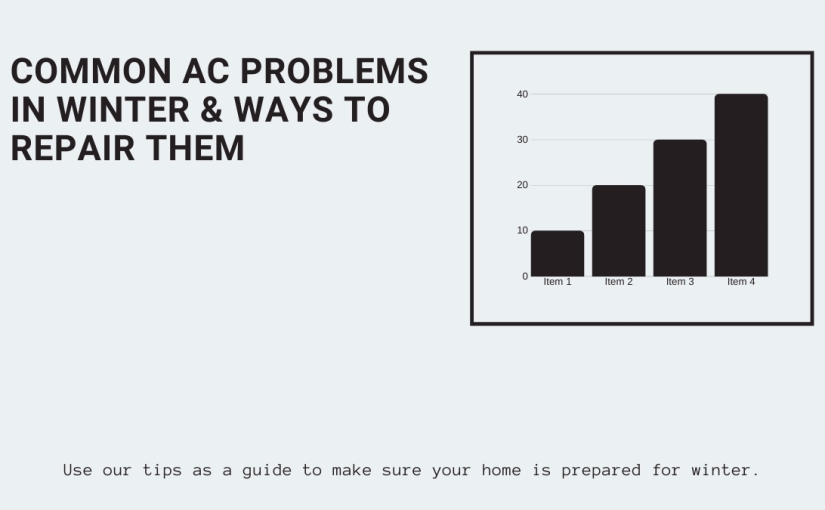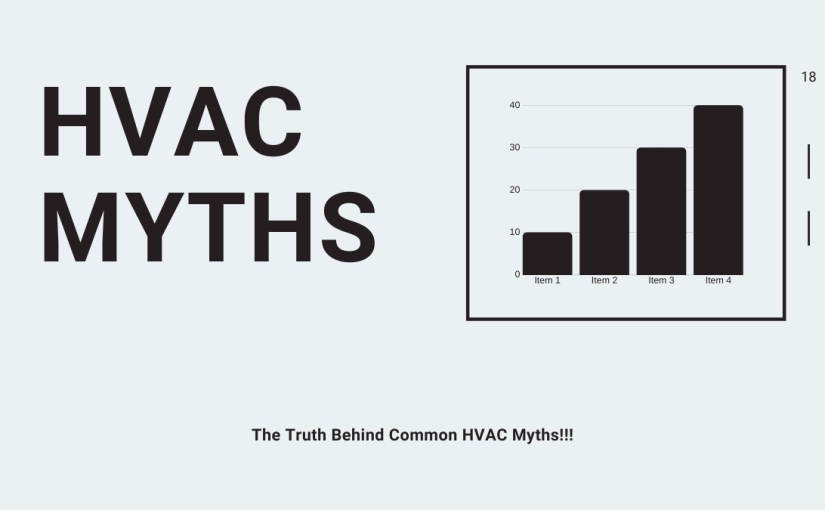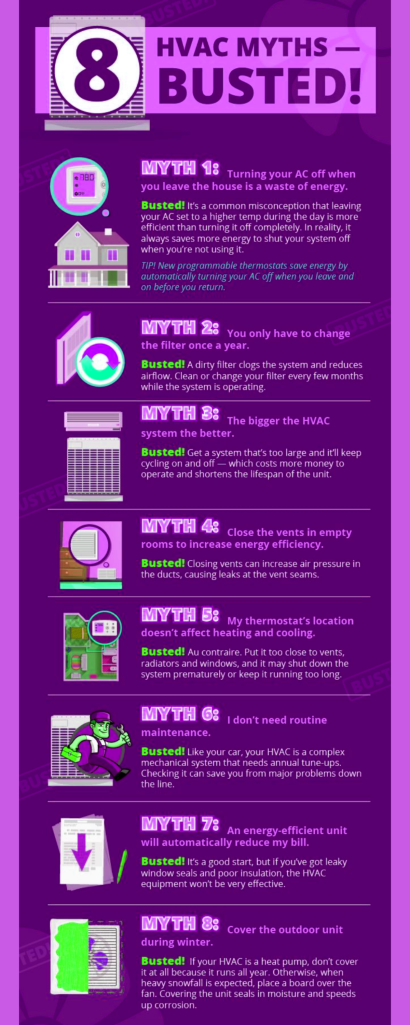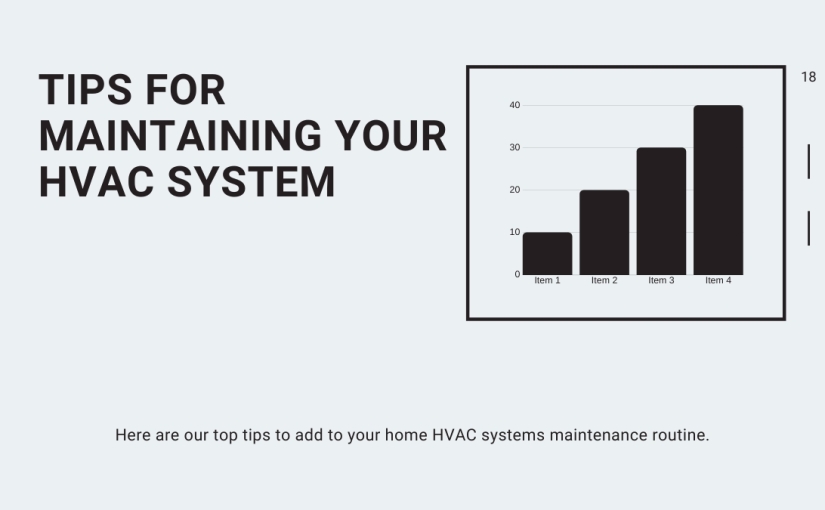Heating, air conditioning, indoor air quality and other HVAC topics are ones that are commonly misunderstood due to several persistent myths. You don’t know what you don’t know. This tautological statement may seem like nonsense, but it certainly applies to several areas in our lives.
HVAC is a deeper rabbit hole of complex equipment and processes than many people realize. As a result, a lot of misconceptions crop up around it.
While this isn’t normally an issue, it can be at the cost of your comfort, wallet, or even safety if you don’t know the in’s and out’s of HVAC in a way that allows you to make good decisions.
So let’s start making some better decisions, starting with those based on common HVAC myths.
We’ve already detailed some common myths surrounding heating and cooling, respectively, and this article takes a look at some misconceptions that cross the lines of heating and cooling to cover ALL HVAC processes.
HVAC MYTHs & FACTs
MYTH: Keep your thermostat set to the same temperature throughout the day and night because it takes more energy to heat up a cold room than to simply maintain its temperature.
FACT: If this misconception was true, then there would be no need for programmable thermostats which adjust the temperature in your home throughout the day. It actually takes a lot less energy to warm up a cold house in the morning than to maintain a consistent temperature throughout the day and night.
Here are some truthful tips:
- Buy a programmable thermostat and learn how to use it.
- Setting the temperature back just a couple degrees throughout the day, when you are away from home or asleep, can significantly reduce your heating and cooling costs.
- Dress appropriately for the season, which means wearing more clothing in the winter and less in the summer.
- Close your blinds and drapes during the night and when it is cold out. Drapes and curtains help insulate your home.
- Open up blinds and drapes during the day to let the natural heating rays of the sun into your home. Keep your registers and vents free and clear of any obstructions.
- We recommend keeping your thermostat set at around 68 degrees Fahrenheit during the winter and 78 degrees when in need of air conditioning. Set the temperature forward or back around 8 degrees while home or asleep for significant heating and cooling savings.
MYTH: Duct tape is a good product for sealing air duct leaks.
FACT: Ironically, duct tape is not a good product to seal air ducts. It tends to peel and not stick very well.
If you are sealing your air ducts, we highly recommend going with a professional to seal your air ducts. If you are sealing your air ducts yourself, we suggest using aluminum foil tape or, preferably, mastic sealant.
The mastic sealant is actually the best way to seal your air ducts. Look for any exposed duct connections and clean them off first before applying any aluminum foil tape or mastic sealant.
MYTH: Switching to portable electric heaters will save you money and energy
FACT: This all depends on the circumstances. If you are in one spot and have a space heater nearby, then turn off your central heating and you will be saving some money and energy.
Unfortunately, when most people use portable heaters, they also have the central heating system running as well. If that’s the case, you are only increasing your home’s energy consumption.
In general, gas heating is a lot more efficient than electrical heating. If you are trying to save money and energy by using portable space heaters, then make sure you turn off your central heating system while you do it. And don’t forget to turn off the space heater when you leave the immediate area.
MYTH: Windows are the greatest source of heating and cooling loss in my home.
FACT: While this may be true, it’s much more likely that you’re losing more energy out of your ceiling/roof. In the typical home, around half of all heating and cooling loss comes from air leaks and poor insulation in walls and the ceiling/roof.
Still, all air leaks around your windows should be fixed. Proper caulking and upkeep will significantly reduce your heating and cooling bills.
MYTH: The bigger the air conditioner, the better it will be able to cool my house.
FACT: Wrong! A larger HVAC system does not necessarily mean better savings or comfort. When replacing your heating or cooling system, it’s important to make sure it is properly sized. An oversized unit may satisfactorily heat and cool your home, but it will likely have frequent cyclings on and off, which can create high humidity conditions inside the home. Other comfort problems, such as dust from leaking ductwork and poor air distribution are also likely to occur.
Alternatively, an undersized unit may run for longer than necessary driving up your energy bill. If your HVAC technician is doing his or her job correctly, they will measure your home and fully analyze your current system, including ductwork, insulation levels, and other factors that contribute to choosing the properly sized system for your home. Anyone who simply replaces your existing system with a similarly sized one is taking a very risky shortcut which could lead to high energy bills, voided warranties, and other major problems.
According to ENERGY STAR, over half of all new HVAC systems are improperly installed, which “can reduce performance by as much as 30%” (energystar.gov). To help reduce the risk of an improperly installed HVAC system, always ask your prospective HVAC contractor if they will be measuring your home and how they will calculate the correct size for your new equipment. You also want to be assured that the system will work with your existing ductwork.
A properly sized system may run longer than an oversized system, but it will be more energy efficient and help alleviate uncomfortable moisture conditions.
MYTH: All it takes to properly size a new HVAC system is the square footage of the home.
FACT: There are a lot of factors that go into selecting and installing a new heating and/or cooling system. Not only must square footage be taken into account, but your technician should also inspect windows, window orientation, air leakage, volume, existing ductwork, and insulation and ventilation levels. If you simply used the square footage of the home, you would probably end up with an oversized system and higher upfront costs and energy bills.
When any HVAC contractor is bidding for your business, ask them how they will size your new system. Ask for a Manual J or equivalent report before agreeing to the installation.
MYTH: Fans and ceiling fans help cool spaces even while you are away.
FACT: Ceiling fans don’t actually heat or cool a room. Fans make people and animals feel cooler, but only because of the wind-chill effect. It doesn’t actually lower the temperature of the room. Still, we all know how good a nice breeze feels on a warm summer day. Ceiling fans allow your to set the thermostat higher while still feeling a similar comfort level.
Ceiling fans can also help your feel warmer in the winter. All you have to do is switch the little black switch at the base of the ceiling fan to reverse the fans direction, creating an updraft that helps move warm air near the ceiling down to the living spaces below.
The lesson? Only use ceiling fans to supplement your heating and cooling when you are in the room. Turn off fans when you leave. Oh, and turn your HVAC system or set it back if you want to experience any kind of energy savings. While HVAC systems cost dollars per day, ceiling fans costs cents per day.
MYTH: Ceiling fans can only be used for cooling purposes.
FACT: Ceiling fans can help reduce your need for both air conditioning and heating. When the temperatures begin to drop, remember to flip the black switch at the base of your ceiling fan to reverse its direction.
When your fan runs in the opposite direction, the breeze is directed upwards, helping to force the warmer air near the ceiling down to the walls and into your living spaces. Since heat rises, this helps balance the temperature of your indoor spaces. Remember, ceiling fans cool people, not rooms. Turn off all fans before leaving the room.
MYTH: It’s easy to find out where air leaks around my home are.
FACT: While it may be easy to find air leaks around your doors and windows, there are many other parts of the home that could have severe insulation problems, such as areas around floors and ceilings, around chimneys, pipes, ductwork, and other hard-to-reach spots.
The best way to find all of the energy inefficiencies around the home is by scheduling a home energy audit with a professional. By using a blower door test and other procedures, they’ll be able to pinpoint the areas in your home where you should direct your energy efficiency improvements. After diagnosing your home and finding the biggest energy losses, you may discover that you had no idea where your biggest energy leaks were.
MYTH: The best way to solve a hot and clammy room is by sticking an air conditioner in the window.
FACT: While buying a window air conditioner may be the easiest was to cool down a room, you may have a more serious airflow problem with you central HVAC system. Ignoring the problem by simply sticking an A/C in the window will often aggravate the problem further. The best way to solve any hot or cold spots in the home is by scheduling professional HVAC maintenance twice a year and addressing the source of the problem without draining even more energy with a new window A/C.
A great way to improve the comfort inside your home year round is by investing some time and energy into weatherization improvements, such as attic insulation, duct sealing, and caulking around windows and doors.
MYTH: Increasing energy efficiency doesn’t increase the value of my home.
FACT: Energy efficiency improvements are one of the most sought-after home features. And the demand for energy-efficient features is growing. Lowering your energy bills not only benefits you while you live in the home, it’s likely to be a major selling point if you ever decide to sell.
According to the National Association of Realtors 2013 Profile of Home Buyers and Sellers, “heating and cooling costs were at least somewhat important to 85 percent of buyers.”
Additionally, the National Association of Home Builders (NAHB) came out with a 2015 study that ranked top influencers in home purchase decision, with “energy efficient” ranking in the #2 spot, second only to “safe community.”
Based on NAHB’s 2015 study of home buyers nationwide, consumers want sustainable, energy-efficient buildings:
- 90% Safe community
- 88% Energy efficient
- 85% Low maintenance
- 85% Lower operating costs
- 84% Durable/Resilient
MYTH: Closing off vents and registers will help reduce my heating and cooling costs.
FACT: Despite the fact that vents and registers have levers that allow you to close off airflow, it’s not a good idea. This is because central HVAC systems have been specifically designed for your home, balancing the pressure load throughout the home and duct system.
If you block one or more vents, either intentionally or not, you are affecting the way your HVAC system breathes in and out. If you upset the balance of your system, your system may develop airflow and pressure problems.
Your HVAC system outputs the same amount of conditioned air no matter how many vents or registers are closed. In addition to airflow problems, you may develop duct leaks as well. Go around your home and make sure that no furniture, rugs, drapes, clothing, or anything else is blocking your vents and registers.
